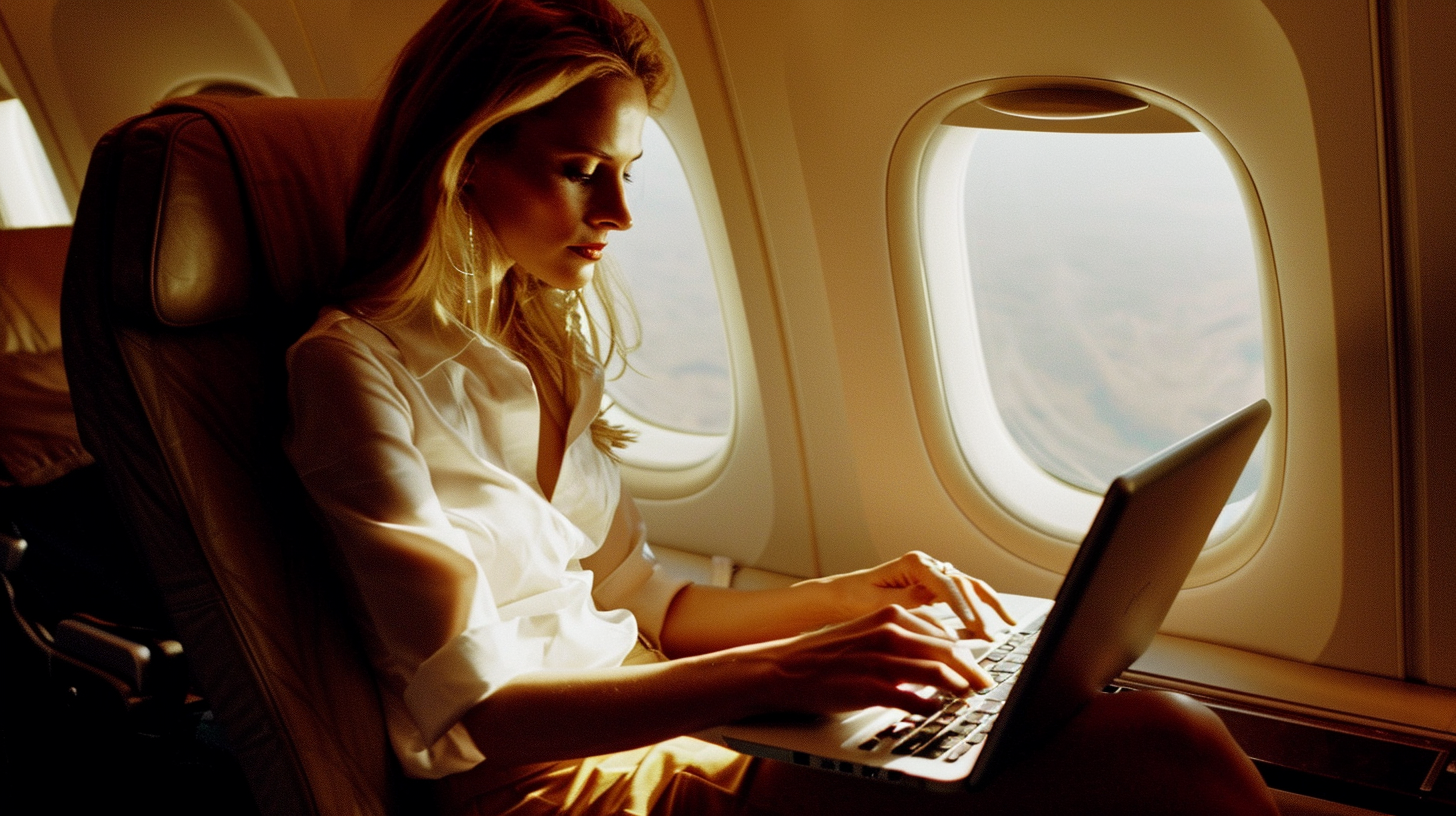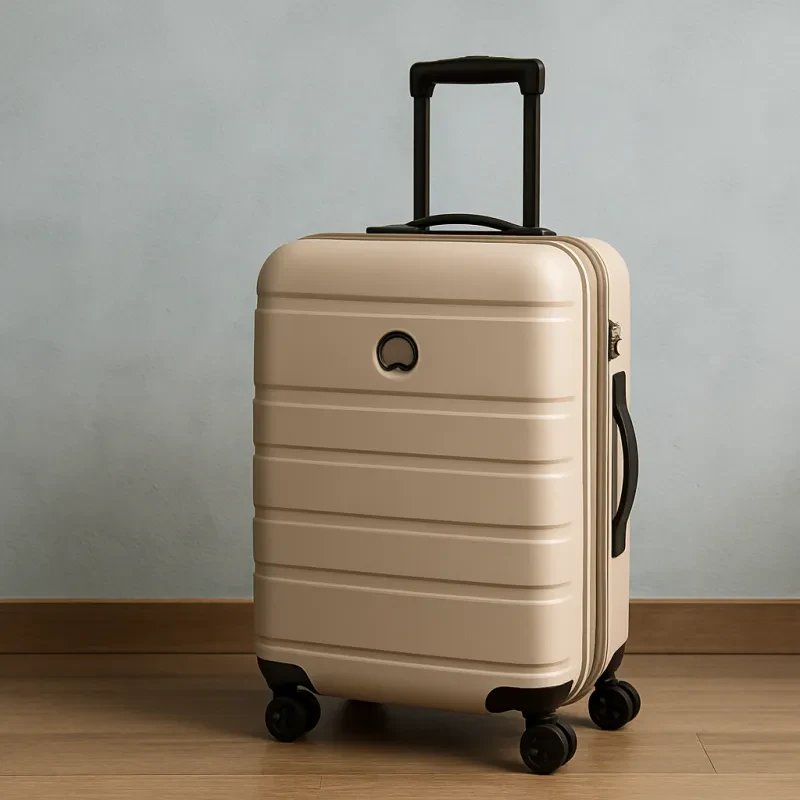In the early 20th century, the Wright brothers made history with their first successful powered flight in 1903. This groundbreaking achievement paved the way for the development of airplanes as a mode of transportation. Over the next few decades, advancements in technology led to the design of more efficient and faster aircraft, making air travel a viable option for long-distance journeys.
During the early years of air transportation, flights were limited in terms of speed and distance. Passengers had to endure long and sometimes bumpy journeys, often taking several stops along the way to reach their final destination. Despite the challenges, air travel quickly gained popularity as an exciting and efficient way to travel. The early methods of air transportation may have been rudimentary, but they laid the foundation for the innovative and sophisticated aircraft we rely on today.
Advancements in Aircraft Technology
One of the most significant advancements in aircraft technology is the introduction of composite materials in aircraft construction. These lightweight, yet incredibly strong materials have allowed manufacturers to create planes that are more fuel efficient and environmentally friendly. In addition, composite materials have also led to the development of larger and more spacious cabin interiors, providing passengers with a more comfortable flying experience.
Another key advancement in aircraft technology is the implementation of fly-by-wire systems. These computerized systems have replaced traditional mechanical controls, allowing pilots to have greater precision and control over the aircraft. Fly-by-wire systems also enhance safety by providing real-time feedback and assistance to pilots, especially in emergency situations.
Furthermore, the use of advanced avionics systems, such as GPS navigation and satellite communication, has significantly improved the efficiency and accuracy of air travel. These systems allow for more direct flight paths, reducing travel time and fuel consumption. Additionally, the integration of advanced avionics has enhanced safety by providing pilots with real-time weather updates and traffic information, ensuring a smoother and more secure flying experience for passengers.
Changing Passenger Experiences
Air travel has come a long way since the early days of commercial flights. From the iconic boarding pass to the mobile check-in process, the passenger experience has evolved significantly over the years. Today, airlines are constantly striving to enhance the journey for travelers, offering a range of innovations and technologies to make flying more seamless and convenient than ever before.
One notable change in passenger experiences is the shift towards digital and mobile solutions. Gone are the days of paper boarding passes and physical check-in counters. Today, passengers can check in for their flights, select their seats, and even access their boarding pass all from their smartphone. This not only saves time and reduces paper waste but also provides passengers with greater flexibility and control over their travel plans.
Another important aspect of the evolving passenger experience is the focus on personalization and customization. Airlines are increasingly using data analytics and technology to offer tailored services and amenities to passengers based on their preferences and travel history. From personalized recommendations for in-flight entertainment to targeted offers for upgrades and add-ons, airlines are working to create a more personalized and enjoyable experience for each traveler.
Future Trends in Air Travel
In the dynamic world of air travel, the future brings exciting trends that promise to revolutionize the way we fly. One significant trend on the horizon is the rise of sustainable aviation. With the aviation industry increasingly under scrutiny for its environmental impact, airlines are investing in eco-friendly solutions such as electric aircraft, sustainable aviation fuels, and carbon offset programs. These innovations not only reduce the carbon footprint of air travel but also pave the way for a more sustainable future for the industry.
Another trend shaping the future of air travel is the integration of artificial intelligence and machine learning. From chatbots for customer service to predictive maintenance algorithms for aircraft, AI is streamlining operations and enhancing the passenger experience. Imagine a personalized travel assistant that knows your preferences and anticipates your needs throughout your journey. With AI at the helm, air travel is becoming more efficient, convenient, and tailored to individual preferences like never before.
Furthermore, the emergence of urban air mobility is set to redefine the way we think about air travel. Electric vertical take-off and landing (eVTOL) aircraft are poised to revolutionize short-distance travel in urban areas, offering a fast and sustainable alternative to traditional ground transportation. With companies like Uber and Joby Aviation leading the way, urban air mobility is set to transform the way we navigate our cities, opening up a new era of convenient, efficient, and environmentally friendly air travel.


